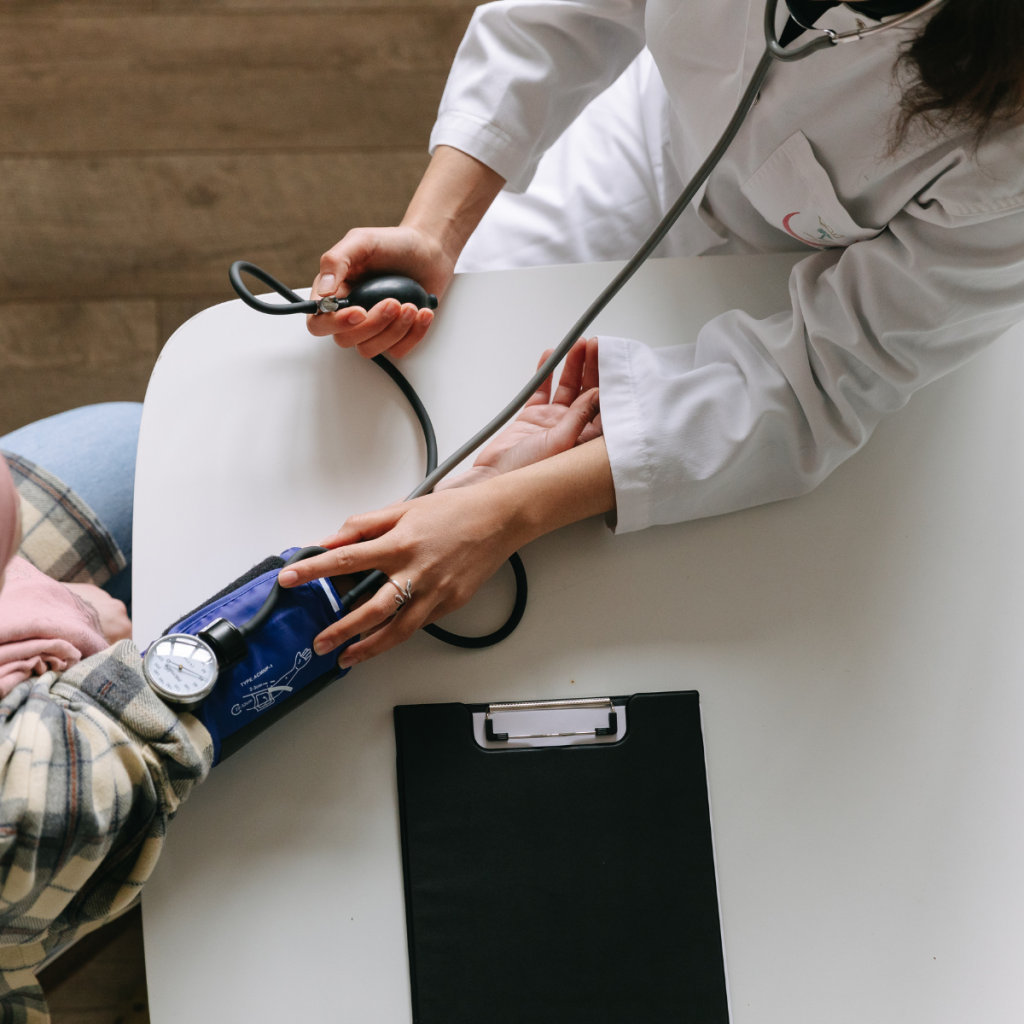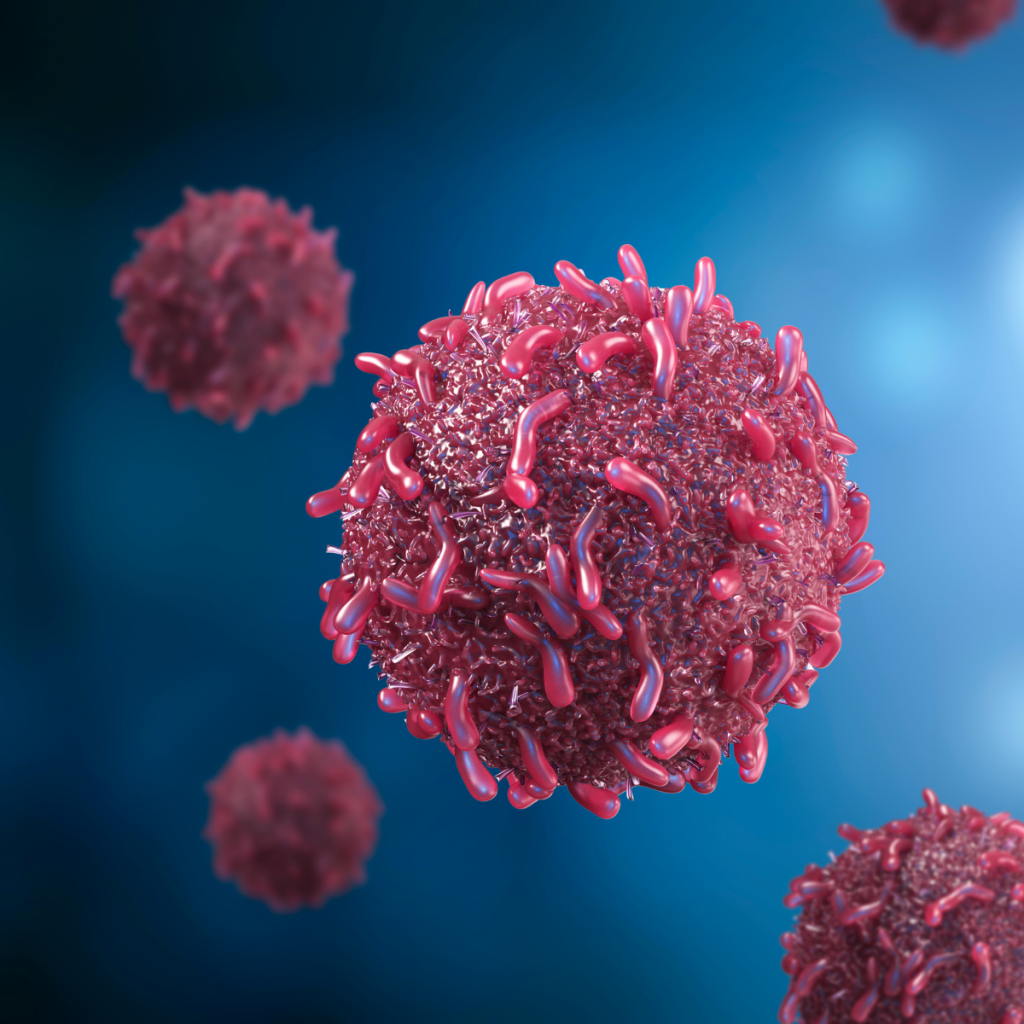Cancer is one of the leading causes of death worldwide, but when detected early, it is often treatable and even curable. Regular cancer screening is an essential part of early detection and plays a critical role in improving survival rates. Screening tests are designed to detect cancer before symptoms appear, giving patients the opportunity to start treatment early when the disease is most manageable. However, many people still overlook the importance of regular screenings or are unsure when they should begin. This article will guide you through why cancer screenings are so important, when you should start, and the different types of tests available to help protect your health.

Why Regular Cancer Screening is Crucial
Early detection of cancer through regular screenings can save lives. Some cancers, such as breast, colorectal, and cervical cancer, are easier to treat when caught early. Detecting these cancers in their early stages significantly increases the chances of successful treatment and long-term survival. Cancer screening aims to identify abnormal changes in cells or tissues that may lead to cancer, even before symptoms appear. For instance, screening tests like mammograms or colonoscopies can spot potential issues that could develop into cancer, allowing doctors to intervene before the disease advances.
In addition to increasing survival rates, regular cancer screening can also reduce the need for aggressive treatments. If cancer is found early, the treatment required is often less invasive and has fewer side effects. This can improve the quality of life for patients and reduce healthcare costs in the long run.
When Should You Begin Regular Cancer Screenings?
The age at which you should begin regular cancer screenings largely depends on your gender, family history, and lifestyle factors. While general recommendations exist, it’s always best to consult with your healthcare provider to determine the right screening schedule based on your individual health risks. Below are some common guidelines for when to start cancer screenings:
1. Breast Cancer Screening
Breast cancer is one of the most common cancers in women, and early detection can lead to more effective treatment options. The American Cancer Society recommends that women with average risk of breast cancer begin annual mammograms at age 45. Women between the ages of 40 and 44 may choose to start annual mammograms if they wish, but it is not required. After the age of 55, women should continue with mammograms every two years or continue annually if they prefer.
However, if you have a family history of breast cancer or carry a genetic mutation such as BRCA1 or BRCA2, you may need to start screening at an earlier age. Your doctor can guide you on when to begin and how frequently to get screened.
2. Cervical Cancer Screening
Cervical cancer screening is typically done through a Pap smear or HPV (human papillomavirus) test. For most women, the American Cancer Society recommends starting Pap tests at age 21. From age 21 to 29, it is recommended to get a Pap test every three years. For women aged 30 to 65, a combination of Pap tests and HPV tests every five years is the preferred option, although Pap tests every three years is also acceptable.
Women over 65 who have had regular screening in the past and have no history of abnormal results may be able to stop screening. Women who have a higher risk, such as those with a history of HPV infection or a family history of cervical cancer, should consult with their doctor about when to begin or how often to get tested.
3. Colorectal Cancer Screening
Colorectal cancer is the second leading cause of cancer deaths in the United States, but it is highly preventable with regular screenings. The American Cancer Society recommends that both men and women begin screening for colorectal cancer at age 45. Several screening methods are available, including colonoscopies, stool tests, and flexible sigmoidoscopies. A colonoscopy is considered the gold standard and is recommended every 10 years for most people with average risk. However, if you have a family history of colorectal cancer or certain genetic conditions such as Lynch syndrome, you may need to start screening earlier and have tests more frequently.
4. Prostate Cancer Screening
Prostate cancer is one of the most common cancers in men. While screening for prostate cancer is a topic of debate, men should discuss the potential benefits and risks with their healthcare provider starting at age 50. For men with a family history of prostate cancer or African American men, screenings should begin at age 45. The most common test used to screen for prostate cancer is the prostate-specific antigen (PSA) blood test, although a digital rectal exam (DRE) may also be performed.
5. Lung Cancer Screening
Lung cancer is another leading cause of cancer-related deaths, but it is often diagnosed at later stages when it is harder to treat. The American Cancer Society recommends annual screening for lung cancer with a low-dose CT scan for individuals who have a history of heavy smoking. This includes people aged 55 to 80 who have smoked for 30 years or more and currently smoke or have quit within the past 15 years. Regular screening can help detect lung cancer at an earlier stage, when treatment is more effective.
Types of Cancer Screening Tests
Several types of cancer screening tests are available, depending on the cancer being screened for. Here are some of the most common tests:

1. Mammogram
A mammogram is an X-ray of the breast tissue used to detect breast cancer. It is one of the most effective methods of early breast cancer detection, particularly in women aged 40 and above.
2. Colonoscopy
A colonoscopy is a procedure in which a doctor examines the inside of the colon using a flexible tube with a camera. It is used to detect colorectal cancer, as well as precancerous polyps that can be removed during the procedure.
3. Pap Smear
A Pap smear involves collecting cells from the cervix to check for abnormalities, including those that may lead to cervical cancer. This test is part of routine gynecological exams for women.
4. Low-Dose CT Scan
A low-dose CT scan is used for lung cancer screening in high-risk individuals, typically smokers. It allows for detailed imaging of the lungs to identify potential tumors at an early stage.
5. PSA Test
The PSA test measures the level of prostate-specific antigen in the blood. Higher levels may indicate the presence of prostate cancer, although other factors, such as benign prostate conditions, can also cause elevated PSA levels.
6. HPV Test
The HPV test is used to detect the presence of high-risk human papillomavirus, which can lead to cervical cancer. It is often performed alongside a Pap smear for women over the age of 30.
How Often Should You Get Screened?
The frequency of cancer screenings depends on several factors, including your age, gender, family history, and the type of screening test. It’s essential to follow the guidelines provided by your healthcare provider and the recommendations from trusted organizations like the American Cancer Society. For some cancers, like breast and colorectal cancer, screening tests may be recommended every 1 to 10 years, while other types of screening may occur more frequently.
Conclusion: Take Control of Your Health with Regular Cancer Screenings
Regular cancer screenings are a vital part of preventive healthcare. Early detection can significantly improve treatment outcomes, reduce cancer-related mortality, and improve the quality of life. It’s important to follow the recommended screening guidelines and consult with your healthcare provider to determine the best screening schedule for you. By staying proactive about cancer screenings, you can take an important step toward protecting your health and the health of your loved ones. Don’t wait—schedule your screenings today and take control of your health.

Leave a Reply